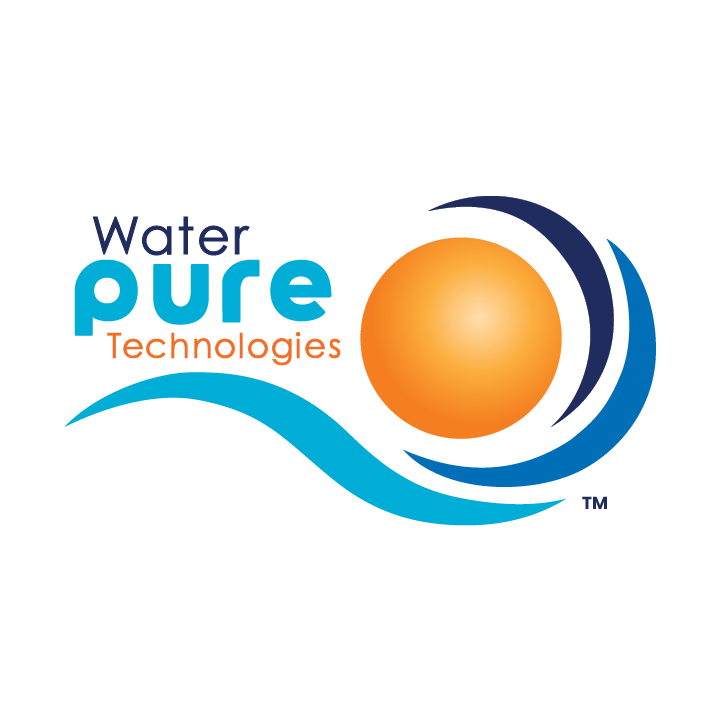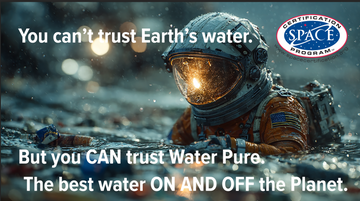https://youtu.be/gAIFkrtUxl4
The presence of microplastics and nanoplastics in bottled drinking water is an emerging concern, especially for vulnerable populations such as small children and babies. While research is still ongoing, there are specific considerations regarding potential health risks and heightened sensitivities in these groups.
Health Risks Associated with Microplastics and Nanoplastics in Bottled Water
General Population Risks
Ingestion of tiny particles
* Microplastics and nanoplastics can be ingested unknowingly when consuming bottled water. These particles may carry or leach harmful chemicals, or cause physical irritation in the gastrointestinal tract.
Chemical exposure
* Plastics often contain additives (like plasticizers, stabilizers, flame retardants) and can adsorb environmental pollutants, which may be released upon ingestion.
Cellular effects
* Nanoplastics are small enough to potentially cross biological barriers, enter into the bloodstream possibly leading to cellular stress, inflammation, or acute toxicity.
Specific Risks for Children and Babies
Higher susceptibility
* Infants and young children are more vulnerable because:
* Their developing immune and organ systems are more sensitive to toxins.
* They consume more water relative to their body weight (e.g., a baby may drink several times their weight in water daily).
* Their metabolic pathways are still maturing, making detoxification less efficient.
Potential for greater exposure
* Bottled water is often used for infants (e.g., mixing formula), increasing the likelihood of exposure during critical developmental periods.
Longer lifetime risk
* Early exposure could have long-term health effects, including impacts on development, immune function, and hormonal regulation.
Are Children and Babies at Higher Risk?
* Yes, generally they are considered at higher risk because:
* Their bodies are still developing, making them more vulnerable to toxins and physical irritants.
* They have higher water intake per kilogram of body weight.
* Their immune systems are less mature, potentially leading to a heightened response to contaminants.
* The blood-brain barrier and other protective barriers are not fully developed, which might allow nanoparticles to reach sensitive tissues more readily.
Precautionary Measures
Use high-quality filters
* To reduce micro- and nanoplastics in drinking water.
Prefer safe source
* Whenever possible, use specially filtered water for preparing infant formula.
Stay informed
* Follow updates from health agencies regarding microplastic contamination and safety standards.
Current Knowledge Gaps
* There is limited direct evidence on the specific health effects of micro- and nanoplastics in humans, especially in infants.
* Most research is in experimental or animal models, so definitive conclusions about risk levels in humans are still being developed.
In summary, while definitive human health risks are still being studied, existing evidence suggests that microplastics and nanoplastics pose potential health concerns, especially for infants and small children. Precautionary measures are advisable to minimize exposure, particularly during early developmental stages.



